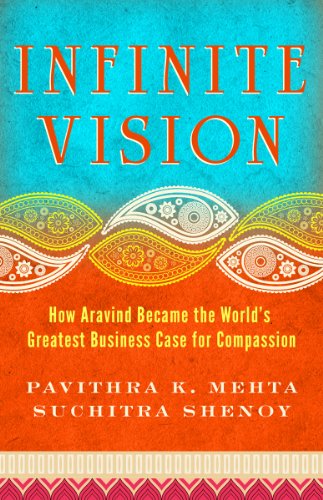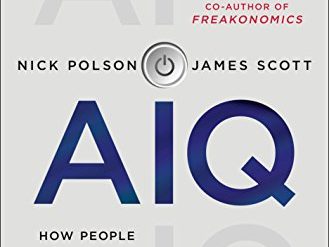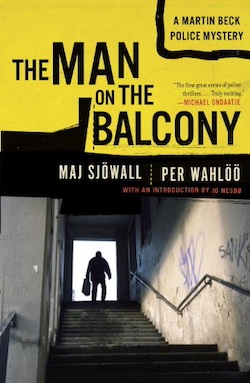
At first glance, it seemed a venture far too quixotic to be effective. But when intuitive goodness is pitted against unthinkable odds, it stirs the imagination and awakens possibility.”
This is the spirit in which Pavithra Mehta, with co-author Suchitra Shenoy, approaches her history of the world-famous vision care center her great-uncle founded in South India 35 years ago. It is a truly astonishing story — one with profound implications for development throughout the Global South.
“Today, the Aravind Eye Care System is the largest and most productive blindness-prevention organization on the planet. During the last 35 years, its network of five eye hospitals in South India have treated more than 32 million patients and performed more than 4 million surgeries, the majority either ultrasubsidized or free.” Equally important, Aravind also serves as a global resource center for ophthalmology, training one out of every seven Indian eye doctors, consulting on management and technical issues with eye hospitals in 69 countries, and operating a state-of-the-art research center.
Infinite Vision: How Aravind Became the World’s Greatest Business Case for Compassion by Pavithra Mehta and Suchitra Shenoy ★★★★★
In 1958, Dr. Govindappa Venkataswamy reached the mandatory retirement age of 58 in his government post and retired to Madurai, a celebrated city of one million people in the South Indian state of Tamil Nadu. Inspired by his guru and the deeply felt spiritual values he had long held, he enlisted his brothers and sisters (virtually all of them opthalmologists like him) to help him found an 11-bed eye hospital. Dr. V (as he was widely known) set the fledgling nonprofit hospital on course to provide cataract surgery to all who needed it, regardless of their ability to pay.
He and his family implemented a staggered fee schedule, charging market rates to those with the ability to pay and a heavily subsidized rate to those with limited means, but worked free of charge to those who could pay nothing — allowing every patient to choose his or her own level of payment. (A future President of India once received free care.) Miraculously, this approach allowed Aravind to earn a profit from its earliest days until the present. Surplus funds permitted Dr. V. to build first one new eye hospital, then three more, and later to fund a manufacturing plant for intra-ocular lenses and a world-class ophthalmological research center.
Standards matching or exceeding those of the West
The quality of Aravind’s eye care services and of the lenses produced in its factory match or exceed the standards of the West. In fact, a recent study compared Aravind’s surgical outcomes to those of the members of the Royal College of Ophthalmologists of the UK — and “found Aravind’s complication rates to be less than those of its British counterparts.” Similarly, when one senior Aravind surgeon lectured on corneal ulcers at the New York Eye and Ear Infirmary, “the faculty adviser told his residents, ‘The amazing stuff you just saw — don’t try it here. We don’t have that kind of expertise.'”
Today, Aravind employs 3,200 persons. Dr. V passed away in 2006 at the age of 88, but his younger brothers and sisters remain involved in Aravind — although they have passed the reins of management to first one and then a third generation of this truly remarkable family. (Aravind currently counts 21 ophthalmologists in Dr. V’s family among its staff.)
A unique business model
Aravind’s business model is unique in many ways. It’s a nonprofit that consistently turns a profit. It subjects the most modest and obscure processes at work in the hospital to exacting statistical analysis — everything from the manner in which custodians clean the floors to the number of sutures its surgeons employ — and as a result has attained a level of efficiency that would bring smiles to the faces of the most demanding Japanese plant manager. Aravind shares its management secrets (and they are many) with all comers with an openness and a willingness to train competitors that is simply extraordinary. It pioneered the use of eye care “camps” — one-day events staged in towns and villages throughout the state of Tamil Nadu to generate large numbers of surgical patients, busing them into the nearest hospital in the Aravind system.
Dr. V’s daily journal, assiduously updated throughout his days at Aravind, reflects the breadth and depth of the questions he never stopped asking. For example, “How was Buddha able to organize in those days a religion that millions follow[?] . . . How did the disciples of Christ spread their mission around the world[?]” Yet Dr. V also frequently spoke of his dream to bring efficiency, consistency, and low cost to eye surgery the way McDonald’s did to hamburgers. Aravind remains today a pure expression of the vision and the spirit of unending inquiry that he brought to the venture from the outset.
For further reading
This is one of the Best books about innovation reviewed here.
If this subject of interest to you, please check out my post, Third World poverty and economic development: a reading list. This book is included.
Enjoy reading general nonfiction? Here is my list of The 10 most memorable nonfiction books of the decade.
Like to read books about business? Check out My 10 favorite books about business history.
If you enjoy reading nonfiction in general, you might also enjoy:
- Science explained in 10 excellent popular books
- Great biographies I’ve reviewed: my 10 favorites
- Top 10 nonfiction books about politics
And you can always find my most popular reviews, and the most recent ones, plus a guide to this whole site, on the Home Page.



























Great review. Wonderful story!
Impressive story. India has many more visionaries with remarkable success like Dr. V..
Hello, Rajshri — I know you’re right, but those success stories tend to be little known in the “West.” Can you point me to two or three others?